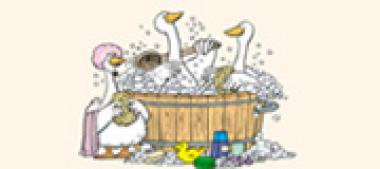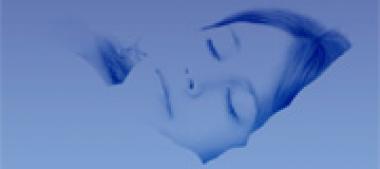What does NOMITE stand for?

Another test revealed that the tightly woven ticking fabric which encases the down- and feather-filled pillows and duvets further reduces the mites’ already low tendency to migrate and settle in new habitats. From the same test it emerged that the ticking fabric provides an additional barrier against the mite infestation of bedding articles.
- The down-proof tickings which cover a pillow or a duvet act as a proper “barrier” to mites. The shells are very tightly woven in order to prevent down and feathers from leaking out. Neither house-dust-mites or nor human skin scales, on which the mites feed, can pass through the ticking fabric.
- In addition, the thermal and climatic conditions in down- and feather-filled pillows and duvets are highly unfavourable to mites, which depend on humidity to survive. The quick creation of warmth in one’s sleep and the quick reduction of humidity when the bedding is aired make for an environment which is detrimental to mites..
H. W. Jürgens, Ökologische Untersuchungen zu Hausstaubmilben (1992), Der Kinderarzt 23, 1884-1889
www.nomite.de/juerg_de.htm
The German magazine ÖKO-TEST states on the topic: “Mites do not like these variations in temperature. They prefer constant temperatures, such as the ones you would find in synthetic bedding articles. The precondition for this, however, is that the down and feathers are properly treated. They are therefore washed with a sort of curd soap, then spun and dried at a temperature over 100 oC (212 oF) before they are filled into the shells.“
Further information on the Internet:
- www.nomite.de
- www.oekotest.de/cgi/vb/vbgs.cgi?suchtext=&frage=100129
- www.aeda.de/pressinf/03-2005/02/htm















